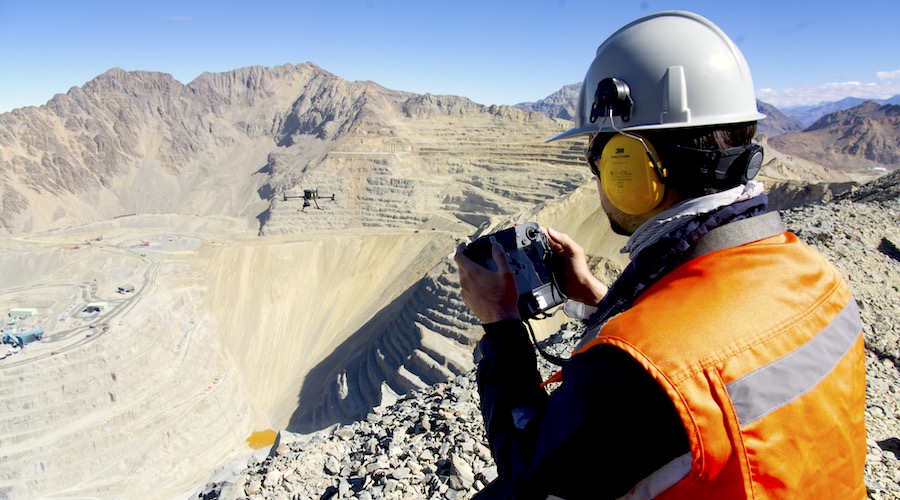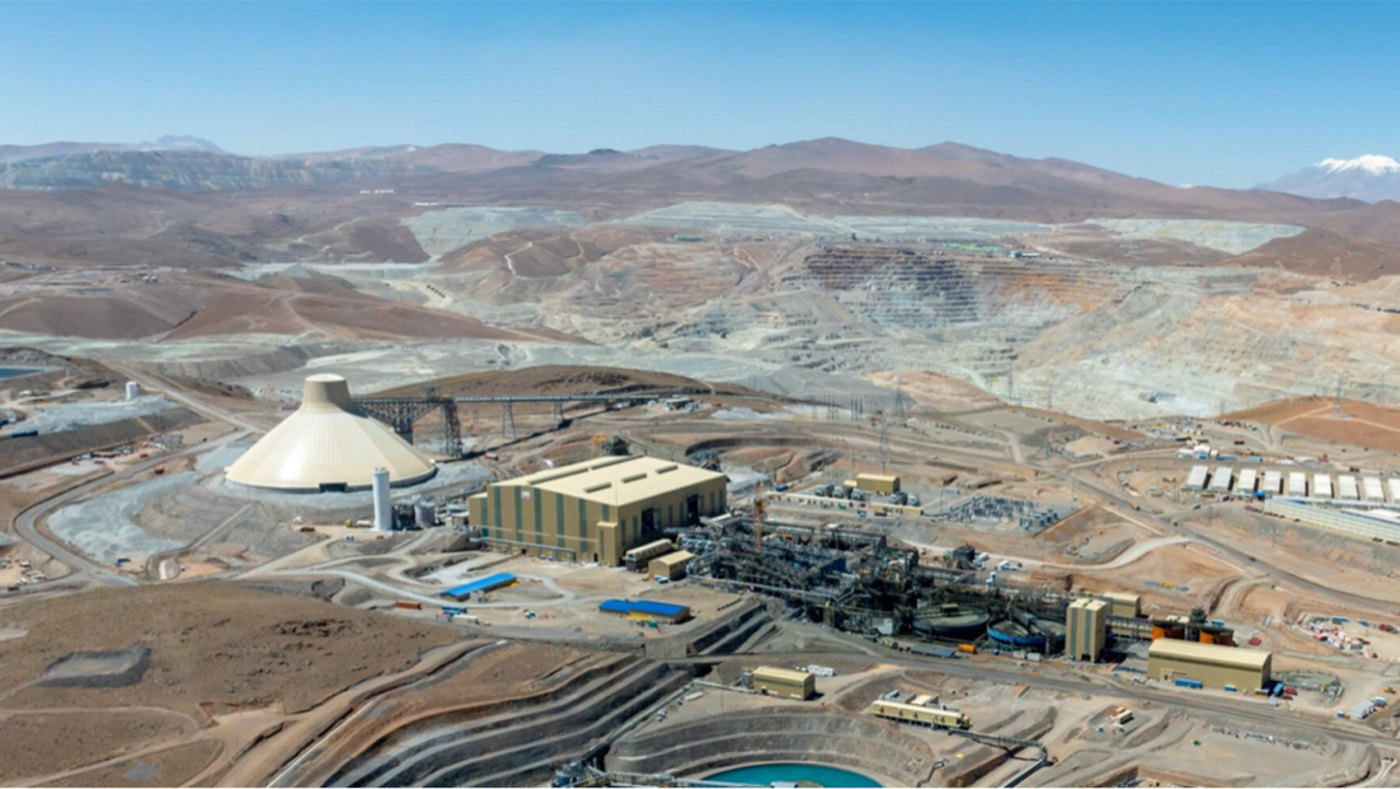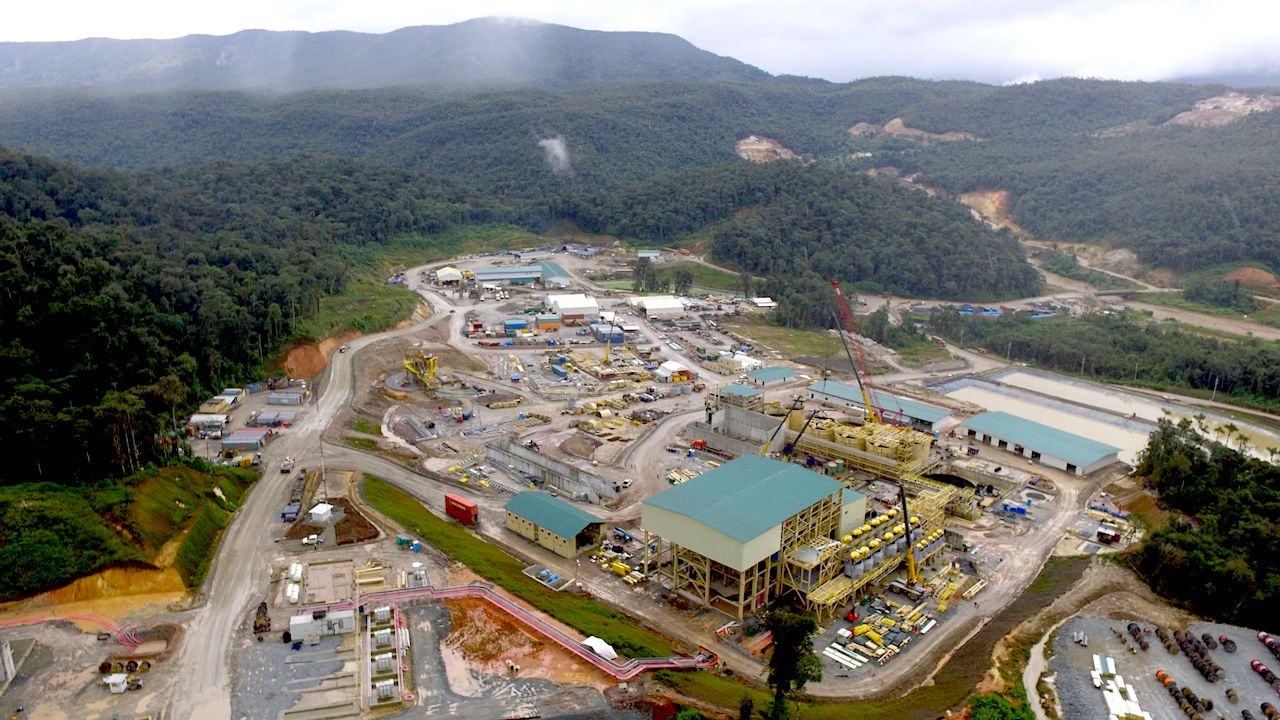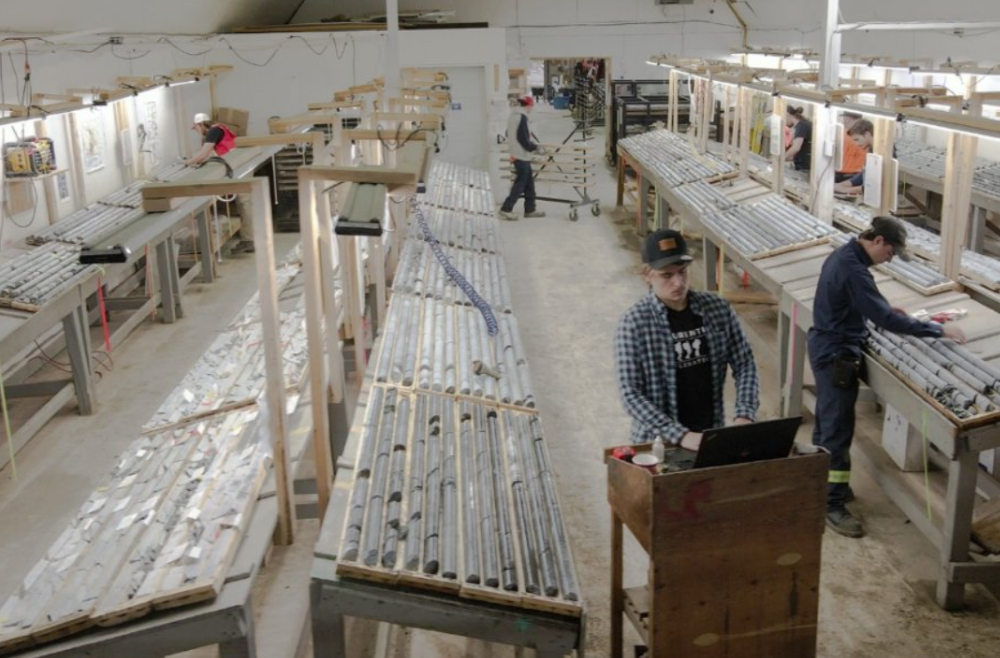Mark Rookes is senior project engineer at Pascua-Lama. For the past eight years he has worked with world leading glaciologists and academic institutions to integrate their scientific research and expertise into the project design. He discusses how the company is protecting ice bodies at Pascua-Lama with Beyond Borders' editor Nancy White.
What are the types of ice bodies that exist near Pascua-Lama?
Glaciologists classify smaller bodies of ice as "glaciarettes" or ice reservoirs rather than traditional glaciers, which are much larger and demonstrate movement. These smaller ice bodies are formed as the result of wind-blown snow accumulated behind shallow hills.
Pascua-Lama is located to the north of three of these ice bodies, Toro 1, Toro 2 and Esperanza. They are about 10 hectares in size and consequently their contribution to water resources in the Huasco Valley is considered to be insignificant. In all, the Huasco Valley features some 112 ice bodies, 70% of which are like the three bodies near Pascua-Lama.
How will the company monitor the ice bodies near Pascua-Lama?
We are putting in place what is very likely the most detailed, localized glacier measurement program in the world. The government-approved program has been developed to monitor the physical conditions of these specific ice bodies and their hydric role. It will involve continuous measurements over the life of the mine, using sensors and remote cameras to detect changes or variations on the ice surface, while comparing to reference glaciers and ice bodies in the area. Scientific best practice and protocols will guide us and we will be in continuous communications with regulators.
Are Barrick's exploration activities at Pascua-Lama responsible for the retreat of glaciers or ice bodies in the region?
Glaciers in the central Andes have been reducing in size since the 1950s. This is borne out in documented studies from third-party experts. Smaller ice bodies have been retreating at a more accelerated rate in terms of the percentage of area lost. Satellite imagery documents this decline, which scientists attribute primarily to climate change.
In fact, exploration associated with Pascua-Lama didn't begin until the 1990s. In 2005, CONAMA, Chile's national environmental authority, concluded that the company had operated in accordance with all environmental permits and that it was not possible to attribute glacier reduction to exploration activities.
Next: Barrick's Atacama commitment.





Comments